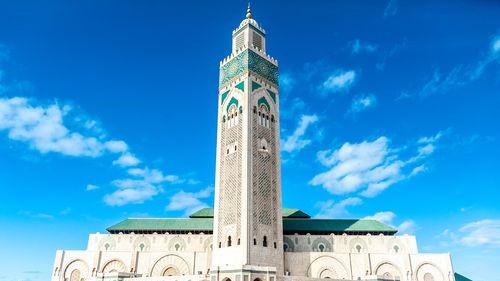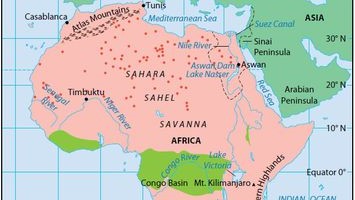Monkey oranges are fruits native to Central and South Africa. These versatile fruits come from the monkey orange tree. This fruit tree can grow in many different conditions, including in desert and tropical climates. The tree’s ability to grow even in harsh environments makes it a great source of nutrients for people in these areas.
The monkey orange tree grows in Central and South Africa. It grows up to 24 feet high, and is usually covered in sharp spines. These spines help keep animals and insects from eating the tree’s fruit. The leaves of the monkey orange tree are round or heart-shaped. The fruit is round, and about the size of a grapefruit. As monkey oranges ripen from September to December, their skin turns from light green to warm yellow. The fruit’s skin is thick and hard, almost like a shell. But inside that hard shell, the flesh of the fruit is light brown or orange and jelly-like. The monkey fruit’s sweet and sour taste make it a popular fruit in the areas where it grows. Plus, it is rich in Vitamin C, Vitamin B and other nutrients. The fruit can be eaten raw or dried. It can also be made into jams or juice. (The seeds of the monkey fruit, though, can’t be eaten. They’re poisonous! )
Thanks to the monkey fruit’s hard shell, the fruit can last a while without rotting. People take advantage of this useful quality. For example, the Basarwa, an indigenous hunter-gather group mainly located in Botswana, preserve monkey oranges in a unique way. Some Basarwa pick the unripe green fruits and bury them in the sand. There, they stay hidden from wild animals, and can ripen slowly over several months.
Monkey orange trees and fruits can be used in many ways, beyond just as food. For instance, the leaves of the monkey orange tree are natural insecticides. People crush the leaves and soak them in water. Then, they strain the leaves from the water and spray the liquid on vegetables to keep insects away. Farmers also plant these spiny trees around the borders of their farms to keep wild animals and insects out of those areas. Some people use the dried outer shell of the monkey orange to create parts for musical instruments, such as the marimba. Plus, the wood of the tree is often used for construction and to make strong tool handles.
On top of these many uses, monkey oranges can support African communities in various ways. Recently, people have begun studying the impact that growing more indigenous plants like the monkey orange tree could have on African communities. For instance, the trees provide a great source of shade in hot environments. They can also protect the land against erosion, helping preserve fertile soil for farmers’ crops. Monkey orange trees can also grow without much rain. So if droughts occur, causing the failure of crops, these trees could offer a great source of nutrients in the future. By adding them to more gardens, crop fields, and parks, people in Central and South Africa would have access to this nutritional fruit to get through difficult food shortages. Selling these fruits could also be a great source of income for people living in Zimbabwe, Botswana, Tanzania and Kenya. From nutrients, to insecticide, to tools, to income, monkey orange trees can provide much more than just fruit!









